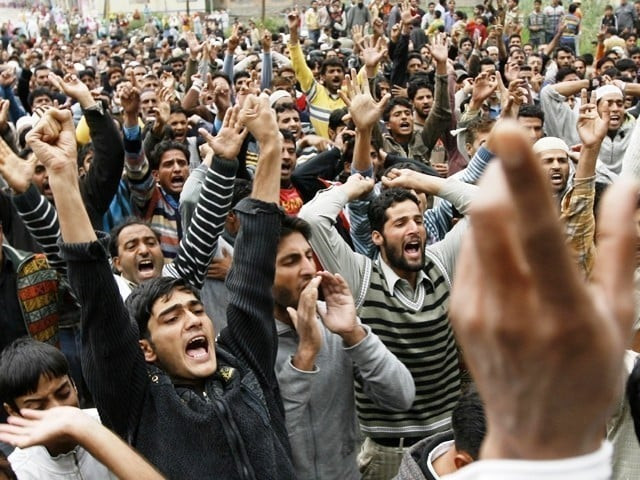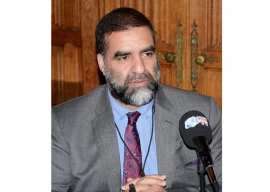
The valley of Kashmir is a beautiful geographical entity on earth and its ravishing landscape has impressed visitors for centuries. When Mughal Emperor Jehangir came to Kashmir, he was so spell-bound by its calmness that he exclaimed “If there is a paradise on earth, it is here, it is here, it is here.”
It is tragic to see that residents of this unrivalled paradise are shackled in chains of slavery for over a century. The yearning and movement for the independence of Kashmir has continued unabated all along.
When the movement for Pakistan was launched, the people of Kashmir actively participated in it. A son of Kashmir from Sialkot, Allama Muhammad Iqbal, first dreamt about a separate homeland for the Muslims of the subcontinent.
His dream and contemplation about Pakistan caught every Muslims’ attention throughout the subcontinent and shone like a bright morning star for them.
The movement for independence spread exponentially and the dream became a reality under the indomitable leadership of Quaid-e-Azam Muhammad Ali Jinnah. Unfortunately, the fate of Kashmir became a casualty of machinations.
At the time of independence, it was agreed that the destiny of Kashmir will be decided through a plebiscite, but that promise remains elusive even after the lapse of 65 years.
A year after independence, the youth of Kashmir liberated a part of it, which is now known as Azad Kashmir, through their valiant struggle. Zulfiqar Ali Bhutto, in his address to the UN Security Council, had voiced the sentiments of Kashmiris and made the world believe that Kashmir and Pakistan were inseparable.
Bhutto had convened the Islamic summit in Lahore in February 1974 and highlighted the issues of Kashmir and Palestine. He won strong and unqualified support for the cause.
When the Kashmir independence movement was launched during the first government of Benazir Bhutto, as a mark of solidarity with the people of Kashmir, the government commemorated February 5th as the ‘Day of Solidarity with Kashmiris’. Since then, Solidarity Day is observed every year with full devotion and commitment.
The PPP has always emphasised the need for mutual links between Kashmiris on both sides of the border and even proposed opening the Line of Control, so that people can meet their relatives.
(The writer is the federal minister for information and broadcasting)
Published in The Express Tribune, February 5th, 2012.

















COMMENTS
Comments are moderated and generally will be posted if they are on-topic and not abusive.
For more information, please see our Comments FAQ